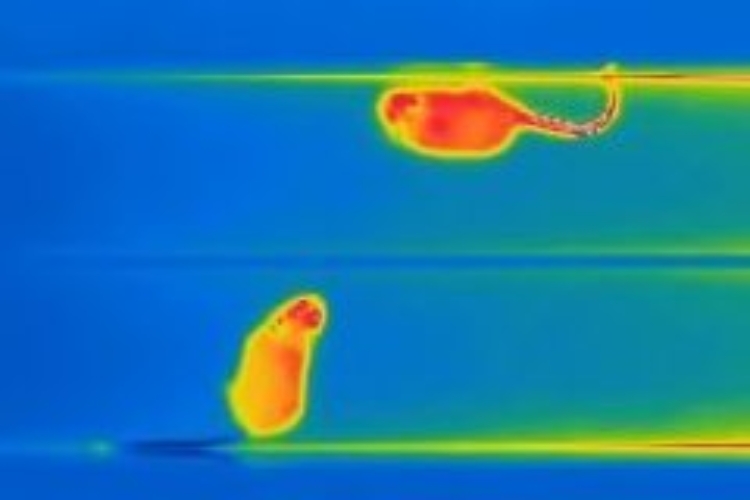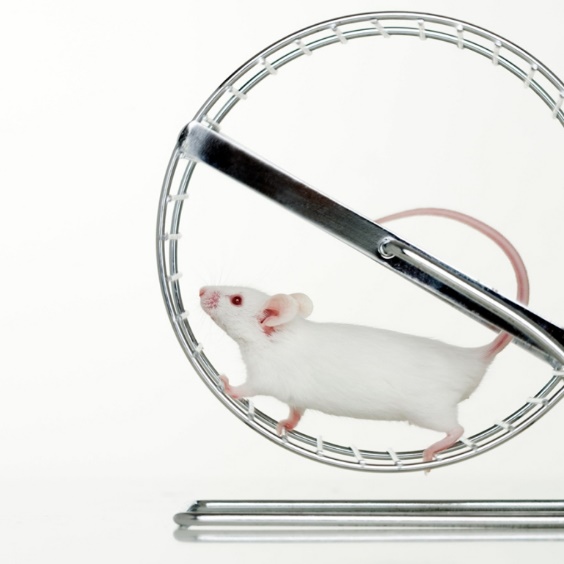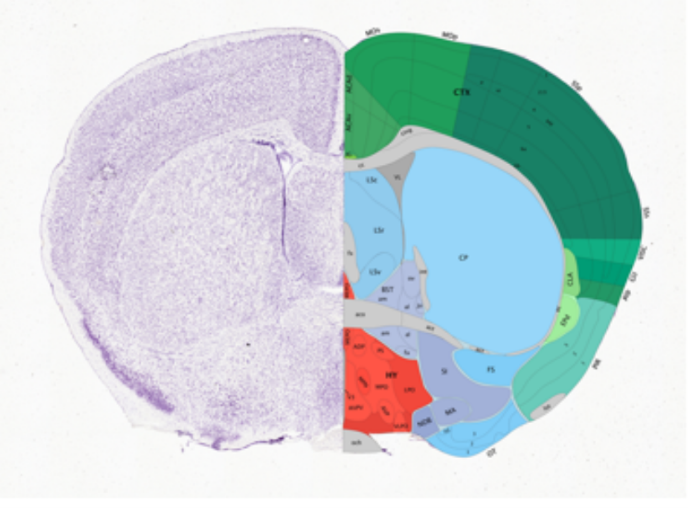Thermoregulation:

Maintaining an optimal body temperature is essential for animal survival and health. However, our understanding of body temperature control does not match its importance to the organism's well-being. Mammals, as endotherms (warm-blooded animals), maintain a stable core body temperature (Tb) around 37°C (the “set-point” at rest). Thermoregulatory homeostasis aims to keep Tb around this set-point, even when environmental temperatures vary considerably. While most studies in thermoregulation field focus on animals’ systemic responses to environmental temperature changes, little is known about how the central nervous system controls the Tb set-point. One of the major projects in the Wang Lab is to identify the genes, molecules, cells, and circuits that control the Tb set-point.
 Circatian Clock:
Circatian Clock:
Daily rhythms of physiology, metabolism, and behavior align the internal state with the 24-hour day-night cycle. These rhythms are generated by oscillatory expression of clock genes. Nearly all cells in peripheral tissues possess a molecular circadian clock, and they are synchronized by a central brain pacemaker located in the suprachiasmatic nucleus (SCN) in anterior hypothalamus. SCN consists of approximately 10,000 neurons, which can be further divided into multiple subpopulations. The Wang Lab employs modern genetic-based approaches to analyze SCN neuronal subpopulations that 1) generate the intrinsic circadian rhythm; 2) broadcast synchronization signals to peripheral clocks; and 3) entrain the internal clock to changing environment.
Structure and Function of Hypothalamic Nuclei:

Compared to other brain regions, such as the cortex or hippocampus, the hypothalamus is less studied in neuroscience research. This is partially because hypothalamic nuclei are deep and small, making them less accessible for electrical recording or pharmacological manipulation using conventional approaches. Furthermore, different types of neurons involved in various physiological and behavioral processes are intermingled within the same region, complicating the study of each neuronal type’s function. The Wang Lab combines single-cell RNA sequencing with multidisciplinary approaches to characterize the genetic identity of neuronal subpopulations associated with specific physiological and behavioral functions.